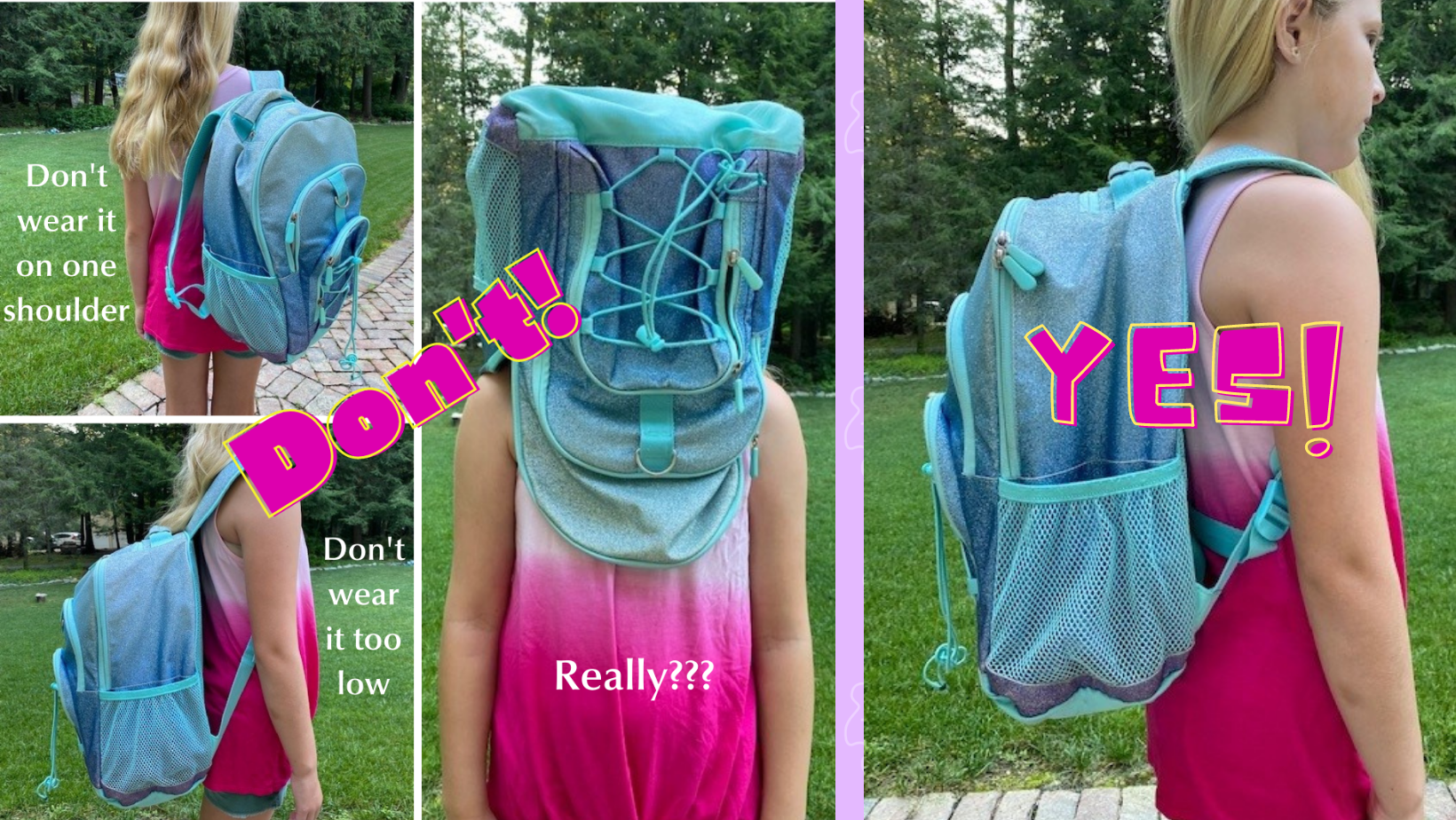

It’s almost the time of year when green leaves turn fiery, and days get shorter. Soon the roads will be peppered with the surest sign of summer’s end: school buses. As students prepare to re-enter the classroom — some for the first time in a long time — and families shop for back-to-school supplies, the RVNAhealth Rehabilitation and Wellness Center has tips on how to help kids avoid discomfort and potential injury by considering an oft-overlooked culprit: the backpack.
The American Academy of Pediatrics advises that kids’ full backpack weight should fall between 10-20% of total body weight and one study revealed that the average high schooler’s backpack weighed in at nearly 19lbs. That’s a lot of weight for young people to carry around. Sarah Triano, OTR/L, RVNAhealth Occupational Therapist, shared the following tips to prevent backpack injuries:
Buy the Right Size
The backpack should not exceed the length of a child’s back. If it falls more than 3” below the child’s waist with the straps secured comfortably, it is too large
Consider the Straps
Straps should fit snugly around the shoulders without a large gap; Both straps should be used to balance the weight evenly across the back and chest; and thicker straps are preferable to thin which can cause circulation problems and extremity tingling/numbness
Lift With the Legs
When picking up the backpack up from the floor, bend at the knees and avoid bending at the waist which stresses back, shoulder, and neck muscles
“Wearing a backpack inappropriately won’t necessarily have an impact straight away,” says Triano, “but it will lead to a build-up of postural strain that may result in injury weeks, months, or even years down the road. That’s why proper usage, plus keeping the weight to a minimum, is important.”
Should injury develop, Triano recommends early intervention as the best course of action. “Without proper treatment, a small strain can quickly become a more complicated situation.” she notes.
For more information, or to schedule an appointment with an RVNAhealth Rehabilitation therapist, call (203) 438-7862 or visit https://rvnahealth.org/services/get-well/rehabilitation-center/
And now for all you history buffs — the origin of the current-day backpack:
A marriage proposal is largely responsible for the modern-day nylon, double-strap, zipped accessory seen at bus stops around the country. Murray Pletz and Skip Yowell, cofounders of a 1960’s, Seattle-based, outdoor gear company, re-developed a pack concept created by Gerry Cunningham of Gerry Outdoors, for a nylon daypack designed for skiers and hikers but neither knew how to sew. Pletz’s girlfriend, Jan Lewis, an unemployed teacher, owned a sewing machine and Pletz offered her more than a partnership in the company if she came onboard. If she accepted Pletz’s marriage proposal, the company would bear her name. In 1969, JanSport was born. Over the next two decades companies like LL Bean joined the competition and by the late 1980s nearly every kid in America sported a backpack for schoolbooks and supplies.
While we’re on the topic of school, read up on Back to School Fuel and how to keep those daily lunches healthy — and interesting.





